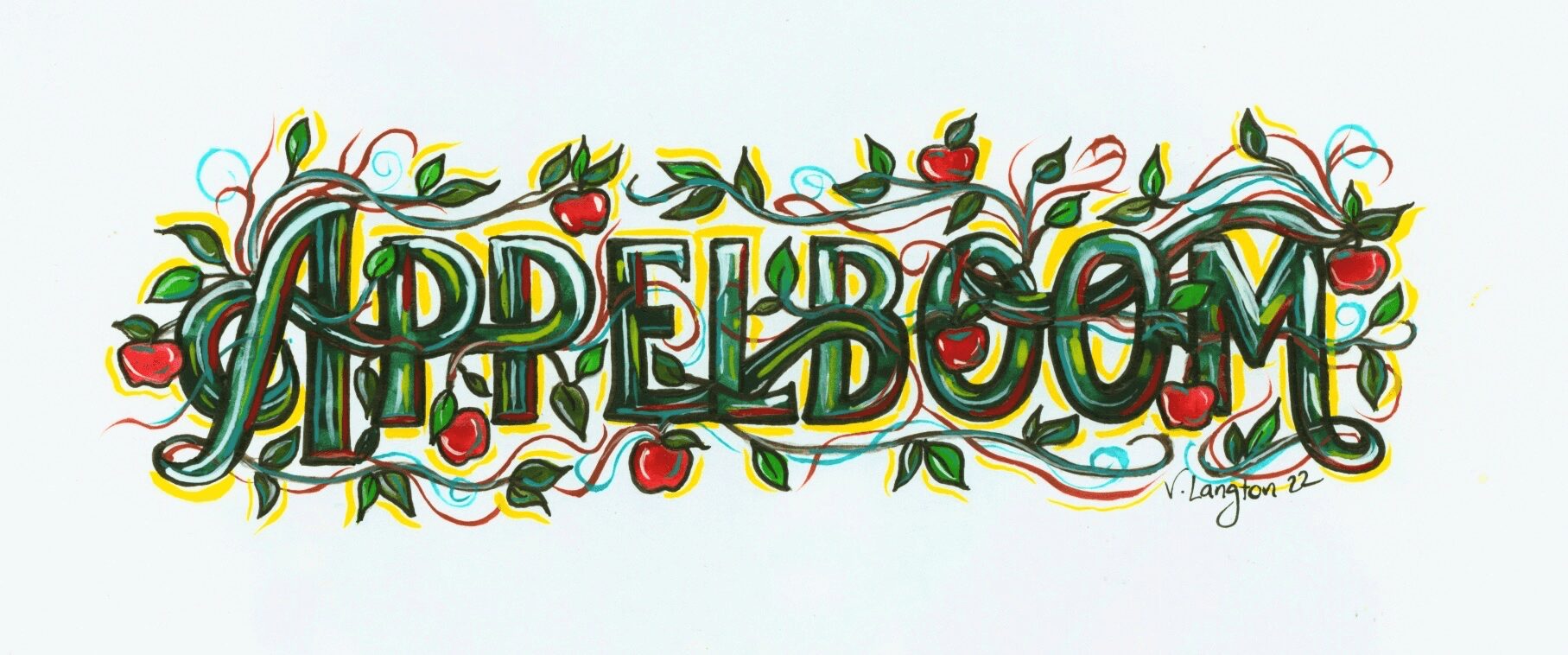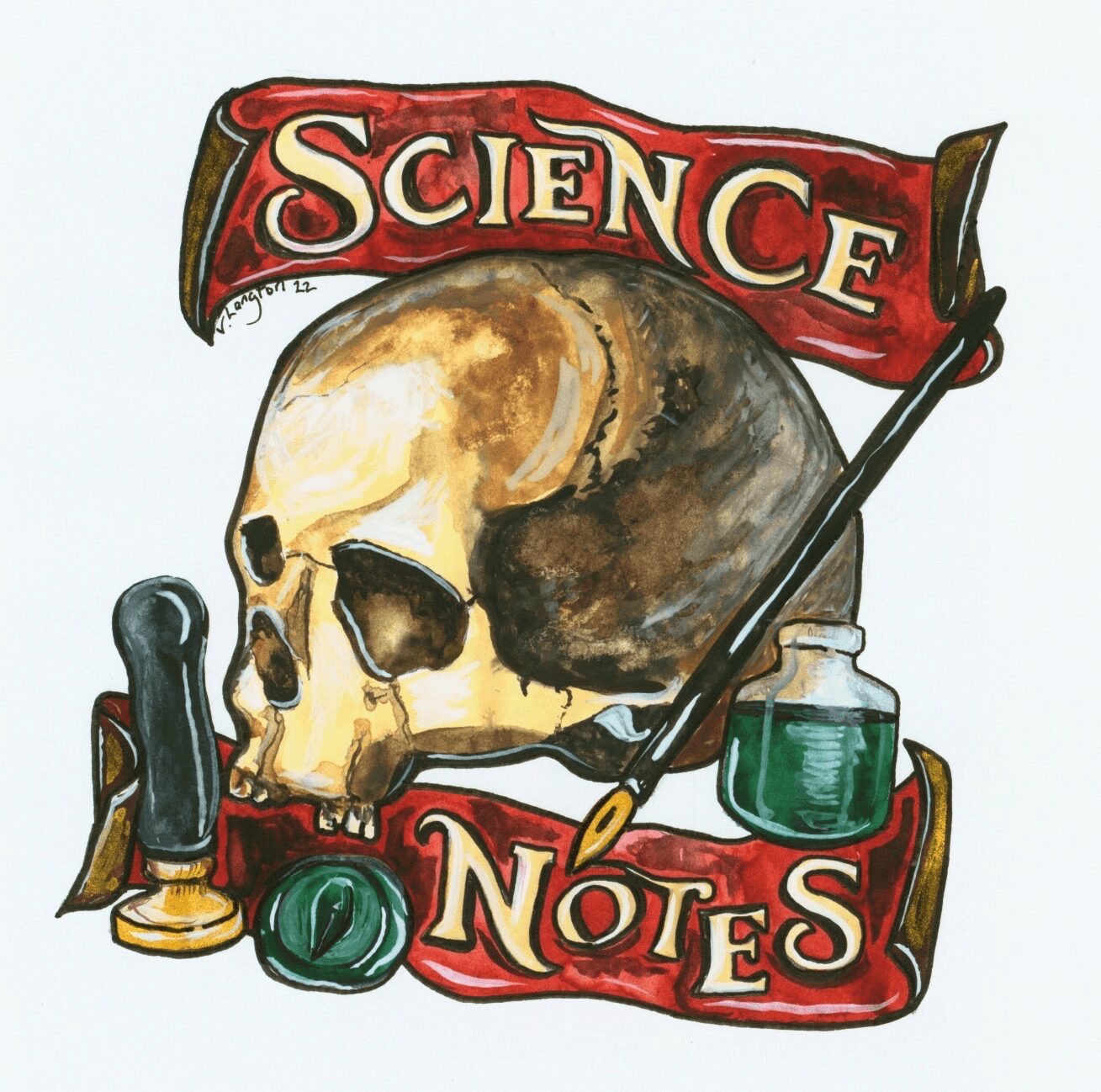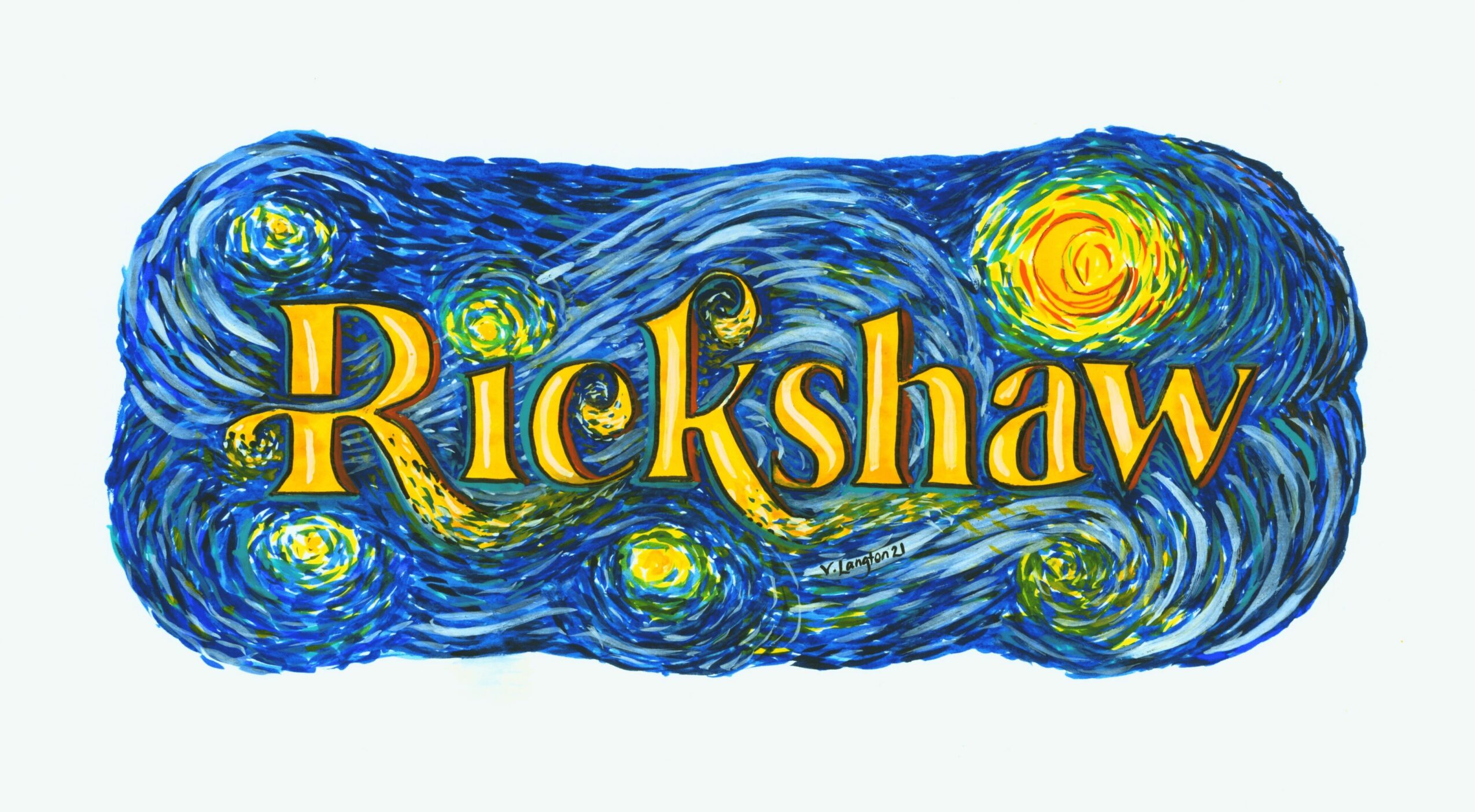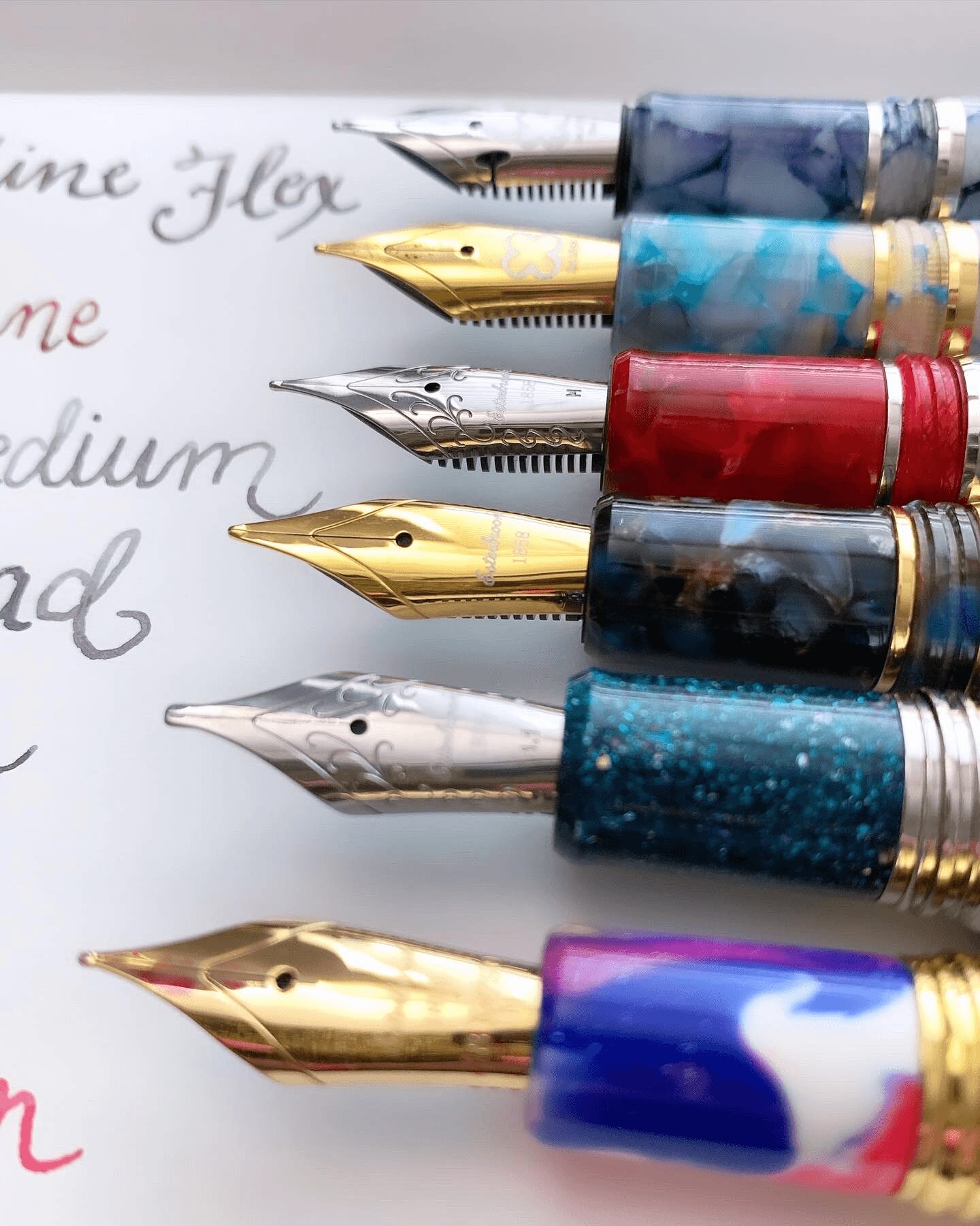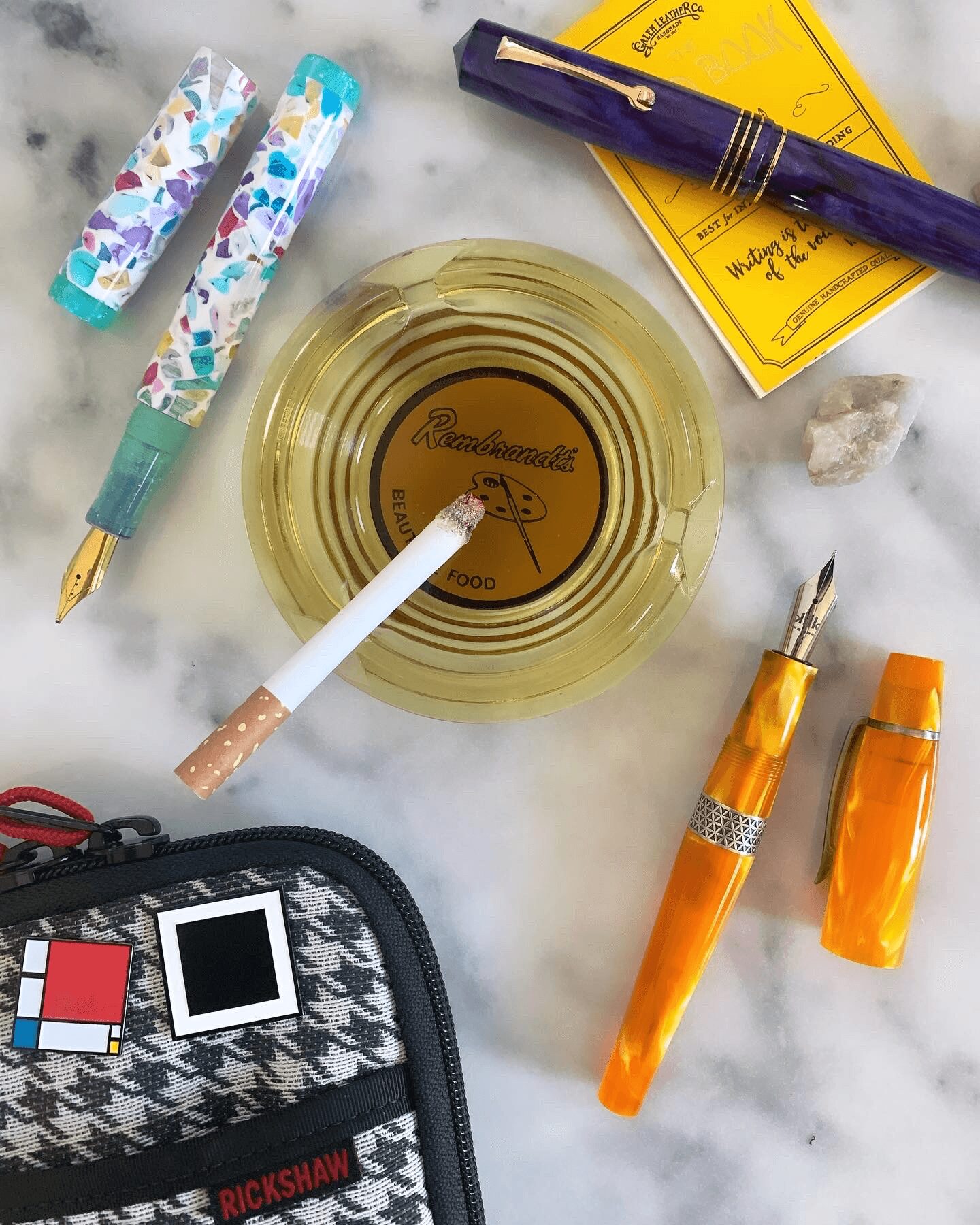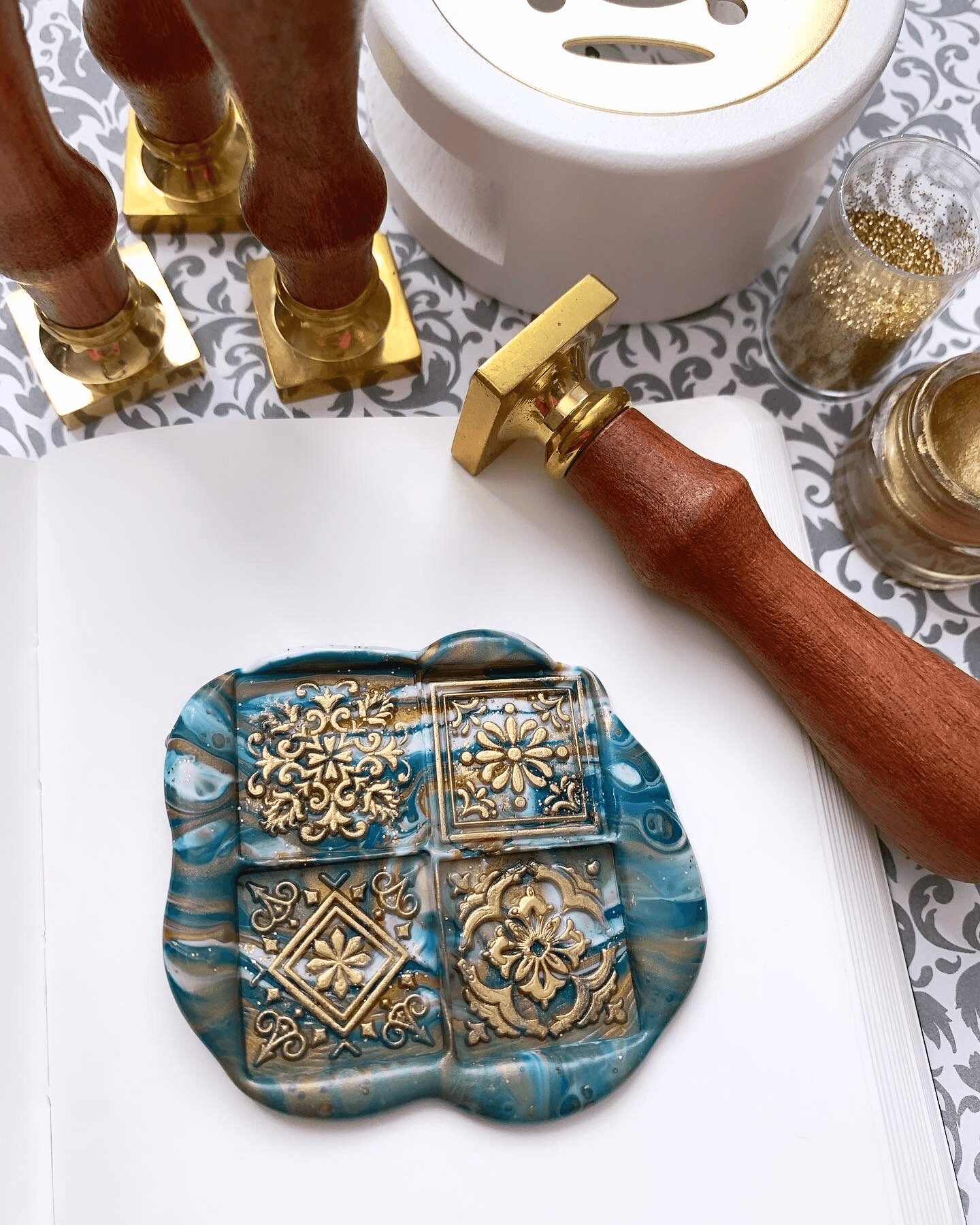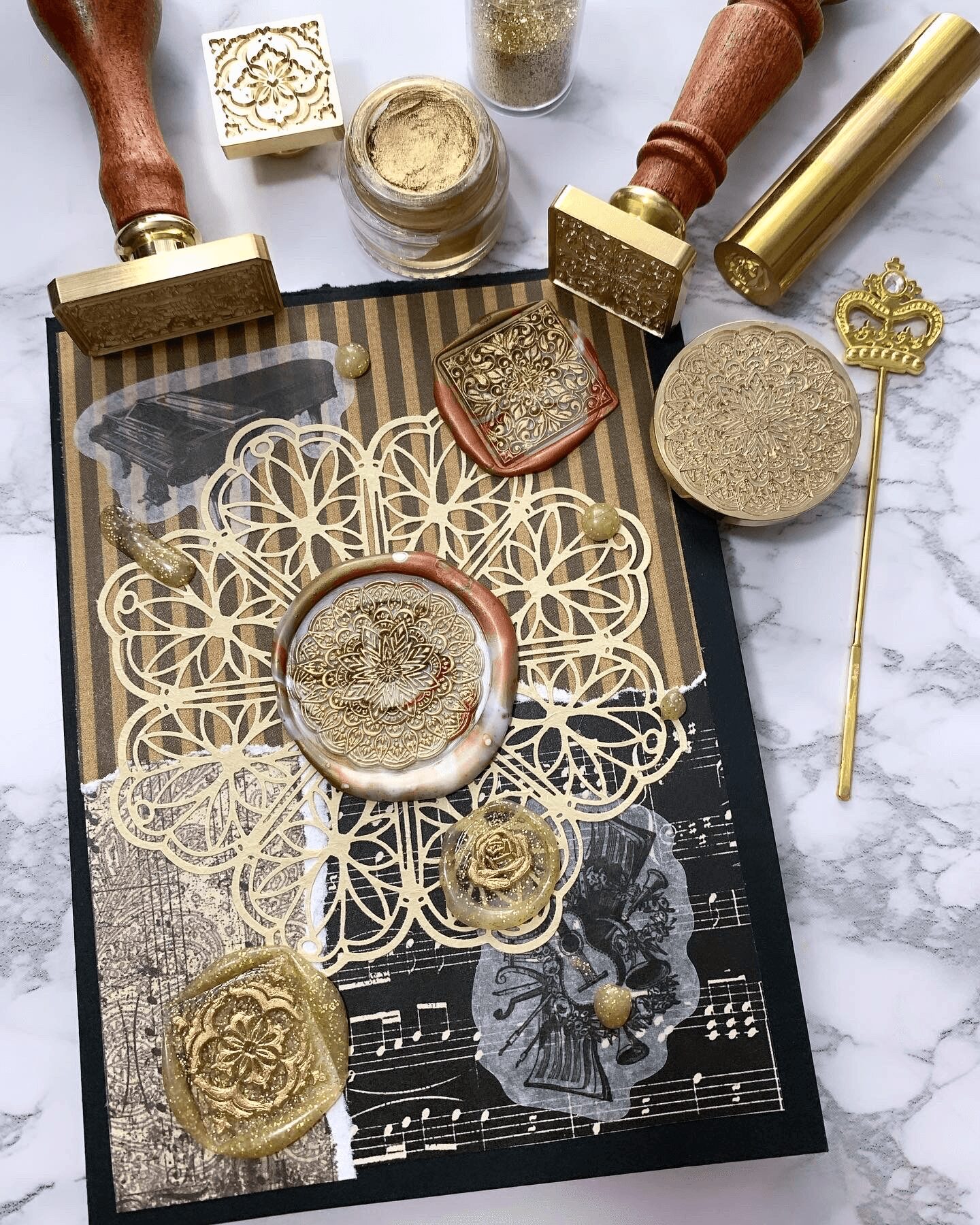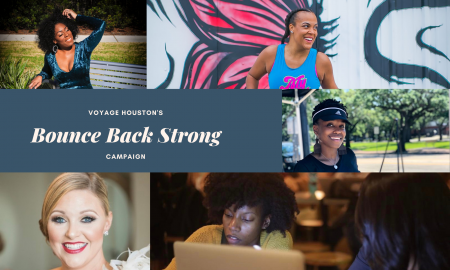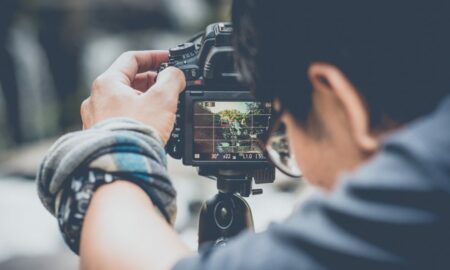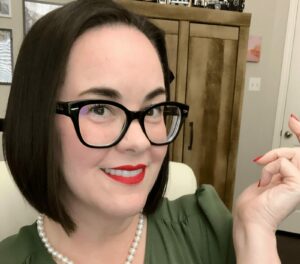 Today we’d like to introduce you to Vanessa Langton
Today we’d like to introduce you to Vanessa Langton
Hi Vanessa, thanks for sharing your story with us. To start, maybe you can tell our readers some of your backstory.
I have been creative as far as I can remember! In fifth grade (shout out to Bunker Hill Elementary School) was the first time that I received positive feedback for my drawings from both teachers and fellow students. From that time forward, I began developing my natural talents by drawing and creating collage. I was obsessed with fashion magazines, and I would draw the dresses I saw in the pages of Elle and Vogue. I would also cut out images and paste them into the same compositions as the drawings. My aunt had this strange decoupage decoration at her house of magazine cutouts of overlapping nonsensical images that resembled a Dadaesque photomontage. I was obsessed with it, and I believe that influenced me to start looking at and cutting up magazines. Throughout high school, I took all art classes as my electives and received small introductions to color theory and major artists, including Rene Magritte, Henri Matisse, and Claude Monet, which ignited my interest in art history. My mother also took me to the Museum of Fine Arts Houston frequently growing up, which inspired me to develop an appreciation for art created from several mediums.
I studied graphic design at Texas State University and worked as a designer for a while until I went back to school to earn a graduate degree in Art History at the University of Texas at San Antonio. During my studies for both degrees, I developed an affinity for typography, editorial design, and photography. As an Undergrad, Kent Rush at UTSA taught me how to look at light and shadow on objects, Mark Todd at Texas State showed me how to deconstruct imagery into something more interesting, and Tom Berno also at Texas State showed me how impactful typography could be in design. As a Graduate student, Scott Sherer showed me how to look at art through different theories and helped me to develop my love for photography history and mid-century photography. All of these lessons I apply to everything creative that I do as a freelance designer for different companies and for my own personal social media accounts.
You’d probably like to know more about how fountain pens and ink play into this entire scenario, right? I had neglected drawing temporarily between graduating from grad school and working as an art history instructor for the Art Institute. I was focused more on creating photographic imagery and simultaneously developing an Instagram presence with my photography. One day in 2016, I decided I felt like drawing. I had some India ink and some nibs, and a pen from my undergrad days and began using that to sketch. I grew frustrated with constantly dipping the nib into the ink to continue the sketching process. Then I thought of fountain pens, a tool that would allow continuous ink flow and no dipping! I ordered a Pilot Metropolitan on Amazon, and I ended up falling into a fountain pen rabbit hole!
My Instagram account shifted from a photography-focused account into a fountain pen-focused account. I began to post artworks I created using fountain pens, inks, and watercolor, as well as creative flat-lay photographs that featured fountain pens, journals, and accessories. I began to get noticed by fellow pen enthusiasts and pen companies. As a result, I began getting offers for fun, creative collaborations from various pen stores, pen distributors, and pen companies, including some of my favorite projects I completed with Esterbrook.
Several of my creative processes are broadcasted through Instagram reels. The videos feature drawing and writing with fountain pens and painting with ink. Each reel is created like a small feature film set to music that I am intrigued by or consumed by, including lots of Depeche Mode. I try to capture these creative acts through unorthodox methods like extreme close-ups or blurry images. My goal is to create something visually interesting for viewers and to communicate my personality without using words.
In the last year or so, my Instagram has evolved into a combination of wax seal stamps, photography, and fountain pens. It is my platform to show my multifaceted creative interests!
I began gaining more attention from my pen review videos on YouTube as the Pen Gangsta where I talked about pens and unapologetically allowed my quirky personality to show–a trait that I got called weird for throughout my life. My latest pen broadcasting project has been with my friend (also a fountain pen enthusiast) Lori Tata on a weekly YouTube show called Juicy Broads. We connect with pen enthusiasts from all parts of the world! It is a true sense of community.
Can you talk to us a bit about the challenges and lessons you’ve learned along the way? Looking back, would you say it’s been easy or smooth in retrospect?
The only struggle I face honestly is with myself! I have struggled with temporary creative blocks and with self-doubt–but I think lots of creatives face these challenges. Henri Matisse doubted himself, and he confounded Fauvism, a short-lived but highly influential period of art history! I try to not let anything, or anyone block what I decide to create and broadcast. I just keep doing!
Alright, so let’s switch gears a bit and talk business. What should we know about your work?
I am known for fountain pens. Through YouTube reviews and through Instagram for my still photography and videos of pens and pen paraphernalia. I am unlike my peers because my presentation is different. Viewers see pieces of my mind in visual form–from interesting color combinations to strange points of view. I avoid anything expected, like using direct photography, and I try to rethink how I can present objects in ways that have not been done before.
I have also become known for creating wax seal stamps! In 2023, I hosted 4 wax seal stamp workshops at various pen shows like PenFest in Istanbul and the Dutch Pen Show. My approach to creating wax stamps is similar to how I approach fountain pens and ink in my own unique visual style. I enjoy presenting the wax melting and pouring process through short videos and still imagery. It is like creating fancy little sculptures.
Are there any apps, books, podcasts, blogs, or other resources you think our readers should check out?
Several books I read during grad school really influenced me strongly on how I view and process the visual world. Most notably, Society of the Spectacle by Guy Debord and Simulacra and Simulation, The System of Objects, and The Conspiracy of Art by Jean Baudrillard. Books written by Roland Barthes seemed to help me look at imagery and life in a deeper way. Any interview that photographer William Klein has participated in where he declares that ‘anything goes.’ He was so fearless with his camera! I respect that.
Contact Info:
- Instagram: https://www.instagram.com/vanessa_langton/
- Youtube: https://www.youtube.com/@JuicyBroadsPenShow
- Other: https://www.youtube.com/@pengangsta
